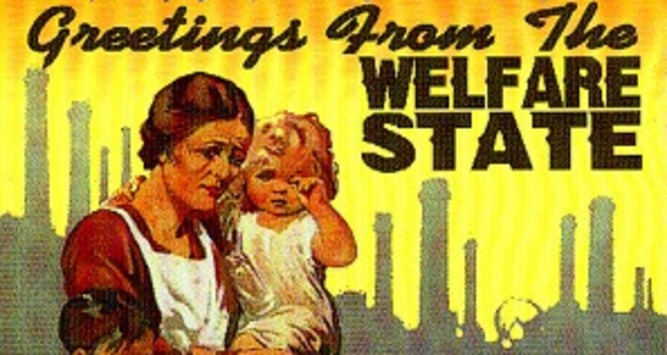A new report issued by the Department of Health and Human Services (HHS) has determined that the recorded percentage of Americans on welfare has hit an all-time high, CNS News reports.
Covered up to 2011, the report examines the percentage of all persons in the U.S. who lives in families that receive welfare. HHS’ calculations draw from data extending back to 1993.
HHS counted participation in any of just three federal programs, Temporary Assistance to Needy Families, Supplemental Security Income and food stamps, in order to qualify as a welfare recipient for the purposes of their study.
In this respect, HHS differs slightly from the Census Bureau’s definition, which includes someone receiving benefits from one or more means-tested government program. Based on Census Bureau data, the number of Americans on welfare in the fourth quarter of 2011 totaled 108,592,000, adding up to 35.4 percent of Americans.
Removing the “means-tested” clause, the Census Bureau stated that the number of Americans on government benefits reached an incredible 49.2 percent of the total population.
The HHS data, however, indicate that 23.1 percent of Americans were recipients of welfare in 2011, the highest it has ever reached since HHS started recording data. Divided further, up to 38 percent of all children under 5 were welfare recipients, as well, in the same year, and this figure has jumped in recent years, from 20 percent in 2000.
The recipient rates of non-Hispanic blacks reached up to 39.7 percent, with non-white Hispanics following closely at 36.4 percent.
Women were also more likely than men to be on welfare. Between ages 16 to 64, 23.3 percent of women received welfare, while only 19.2 of men received any benefits. In looking at gendered households, married-couple families were least likely to be on welfare, with the opposite being true for female-headed families, which received welfare at a rate of 55 percent.
The report further notes that, “Children living in families with never-married mothers are at high risk of becoming dependent as adults.”
The data does not capture welfare usage during previous downturns, such as the Great Depression or the 1990-91 recession, because it only goes back to 1993.





2 comments